Normal Socket vs Dry Socket After Tooth Extraction: Key Differences, Symptoms, and Prevention

Normal Socket vs Dry Socket After Tooth Extraction: Key Differences, Symptoms, and Prevention
Tooth extraction is a common dental procedure, but understanding the recovery process is essential to avoid complications like dry socket. In this comprehensive guide, we will explore the difference between a normal socket and dry socket after tooth extraction, along with their symptoms, risk factors, prevention tips, and treatment options.
What Happens After a Tooth Extraction?
When a tooth is removed, the area left behind is called the socket. During a normal healing process, a blood clot forms in the socket. This clot serves as a protective layer, covering the bone and nerves beneath, and is essential for healing. Over the next several weeks, the gum tissue will grow over the socket and, eventually, the bone underneath will heal completely.
Signs of a Normal Socket:
- Blood clot formation: Immediately after extraction, a dark red blood clot forms to stop the bleeding.
- Mild pain or discomfort: Some discomfort or soreness is normal in the days following the extraction.
- Gradual reduction of swelling: Swelling peaks within 48 hours and gradually subsides.
- Healing gum tissue: The soft tissue surrounding the socket begins to grow over it within a week.
- No signs of infection: The area should be clean, without pus, foul odor, or severe pain.
What is a Dry Socket?
A dry socket, or alveolar osteitis, is a painful complication that occurs when the blood clot in the extraction site dislodges or dissolves too early, exposing the underlying bone and nerves. Without this protective clot, the healing process is delayed, and the area becomes highly sensitive to bacteria, food, and air.
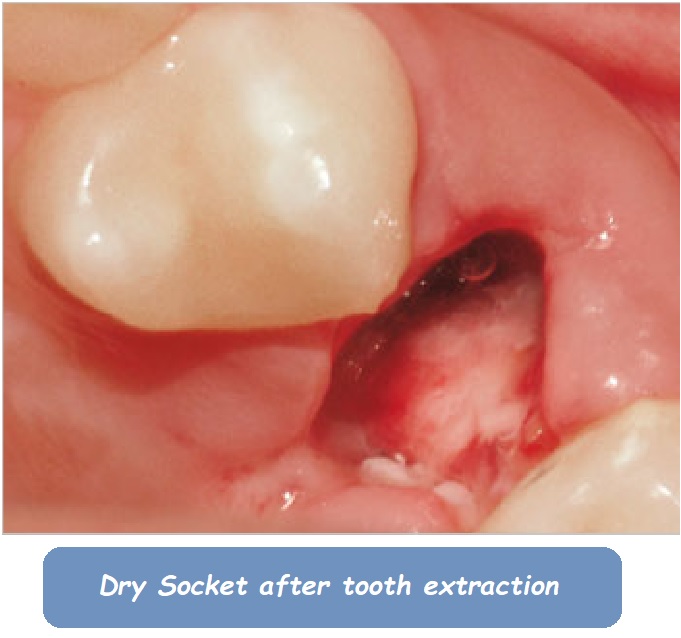
Symptoms of a Dry Socket:
- Intense pain: Pain typically begins 2-3 days after extraction and radiates to the ear, eye, or neck.
- Visible bone: The socket may appear empty or have exposed bone due to the lack of a blood clot.
- Foul smell or taste: A bad odor or taste in your mouth may occur if the socket becomes infected.
- Delayed healing: The soft tissue around the socket does not heal properly, and pain persists longer than in normal recovery.
- Radiating pain: Unlike the mild soreness in a normal socket, pain from a dry socket often radiates beyond the extraction site.
Key Differences Between Normal Socket and Dry Socket
| Aspect | Normal Socket | Dry Socket |
|---|---|---|
| Blood Clot | Forms within hours and stays intact | Dislodged or missing, exposing bone |
| Pain Level | Mild to moderate | Severe, often radiating to ear or temple |
| Appearance | Dark blood clot covers socket | Empty socket, sometimes with visible bone |
| Healing Time | Normal healing occurs over 7-10 days | Healing delayed by 2-4 weeks |
| Odor/Taste | No foul smell or taste | Foul odor or taste due to infection risk |
Causes and Risk Factors for Dry Socket
Though dry socket occurs in only about 2-5% of extractions, certain factors increase the risk. Understanding these risk factors can help you take the necessary precautions.
- Smoking: Tobacco use can prevent blood clot formation and irritate the healing area, increasing the risk of dry socket.
- Oral contraceptives: Women taking birth control pills are more prone to dry socket due to the higher estrogen levels, which may interfere with healing.
- Improper aftercare: Poor oral hygiene or not following post-operative instructions (such as drinking through a straw or vigorous rinsing) can dislodge the blood clot.
- Complex extractions: Difficult extractions, such as impacted wisdom teeth, increase the likelihood of dry socket.
- Infection: Pre-existing oral infections or conditions like periodontal disease can interfere with healing.
Prevention Tips for Dry Socket
While not all cases of dry socket can be prevented, adhering to specific guidelines can significantly reduce your chances of developing this painful condition.
- Follow your dentist’s aftercare instructions: This is the most important step in preventing dry socket. Your dentist will give you tailored advice on how to care for the extraction site.
- Avoid smoking: If you’re a smoker, try to abstain for at least 72 hours post-extraction. Nicotine interferes with blood flow and delays clotting.
- Do not use straws: Suction can dislodge the blood clot. It’s best to avoid straws for at least a week.
- Eat soft foods: Stick to soft, easy-to-chew foods, such as yogurt, mashed potatoes, and smoothies, that won’t disturb the healing site.
- Maintain oral hygiene: Gently rinse your mouth with a saline solution (saltwater) after 24 hours, but avoid vigorous swishing or spitting.
Treatment Options for Dry Socket
If you suspect you have a dry socket, contact your dentist immediately for evaluation. The quicker it’s addressed, the sooner you can manage the pain and promote healing.
- Pain management: Your dentist may recommend over-the-counter pain relief like ibuprofen or prescribe stronger medications.
- Socket irrigation: Your dentist may clean the socket to remove debris and bacteria, which helps reduce pain and infection risk.
- Medicated dressings: A special medicated dressing or paste, usually containing a numbing agent and antiseptic, may be placed in the socket to soothe the pain and protect the area.
- Self-care at home: Continue rinsing your mouth with a warm saltwater solution to keep the area clean. Stick to soft foods and avoid smoking to aid healing.
Frequently Asked Questions (FAQs)
1. How long does dry socket last?
Dry socket can last anywhere from a few days to two weeks, depending on how quickly treatment is received and how the individual responds to care.
2. Can dry socket heal on its own?
While a dry socket can eventually heal without treatment, the pain is often severe, and infection can occur. Professional treatment will speed up the healing process and reduce the risk of complications.
3. What does dry socket look like?
In a dry socket, you’ll notice an empty space where the blood clot should be. The bone may be visible, and the surrounding gum tissue may appear inflamed.

Conclusion: Ensuring Proper Healing After Tooth Extraction
Understanding the differences between a normal socket and dry socket after a tooth extraction is crucial to avoid complications. A normal socket follows a predictable healing process with manageable pain, while dry socket can lead to intense pain and delayed healing. By following post-extraction care instructions and avoiding risk factors like smoking, you can significantly reduce the chances of developing dry socket. If you suspect you have a dry socket, seek prompt dental care to manage pain and ensure proper healing.
Internal Links:
- Tooth Extraction Aftercare Tips
- How to Manage Pain After a Tooth Extraction
- Common Tooth Extraction Complications

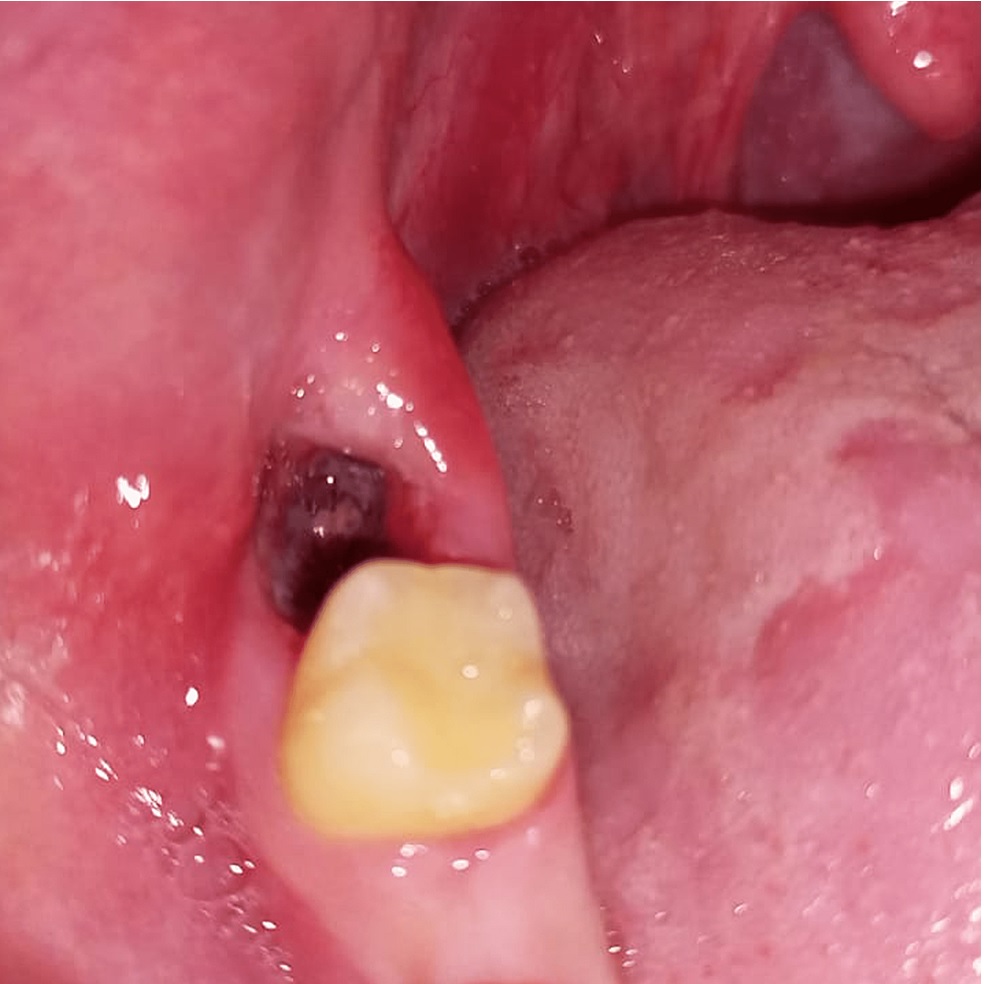
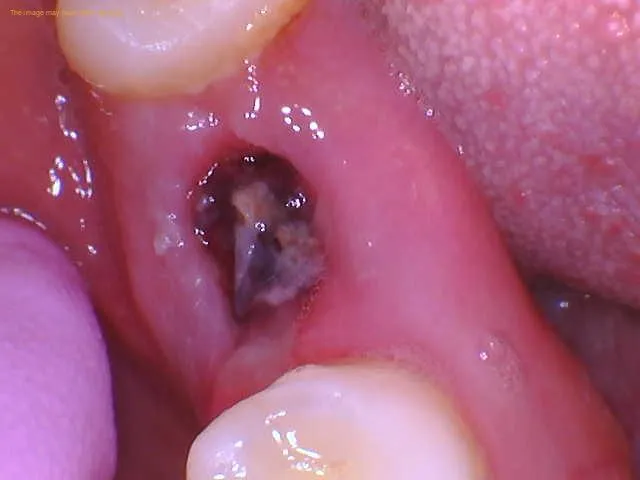


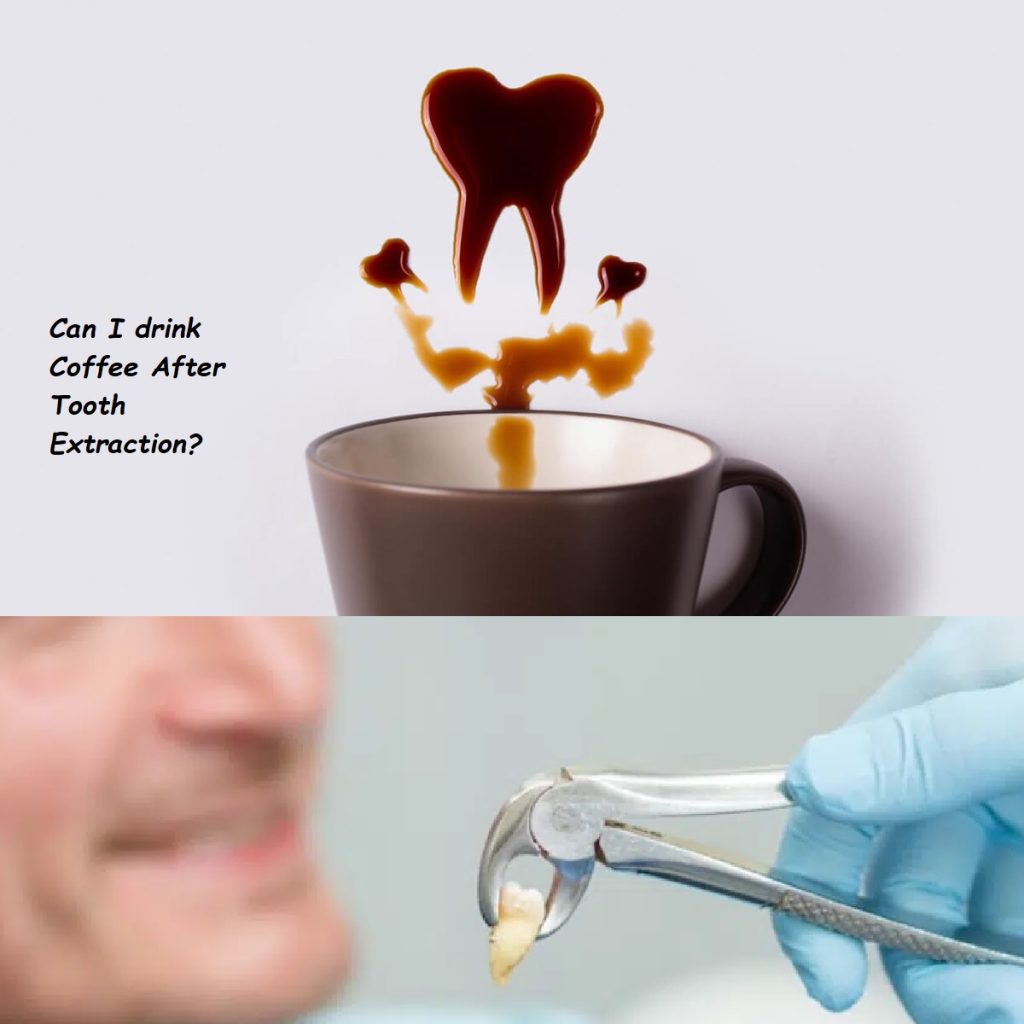
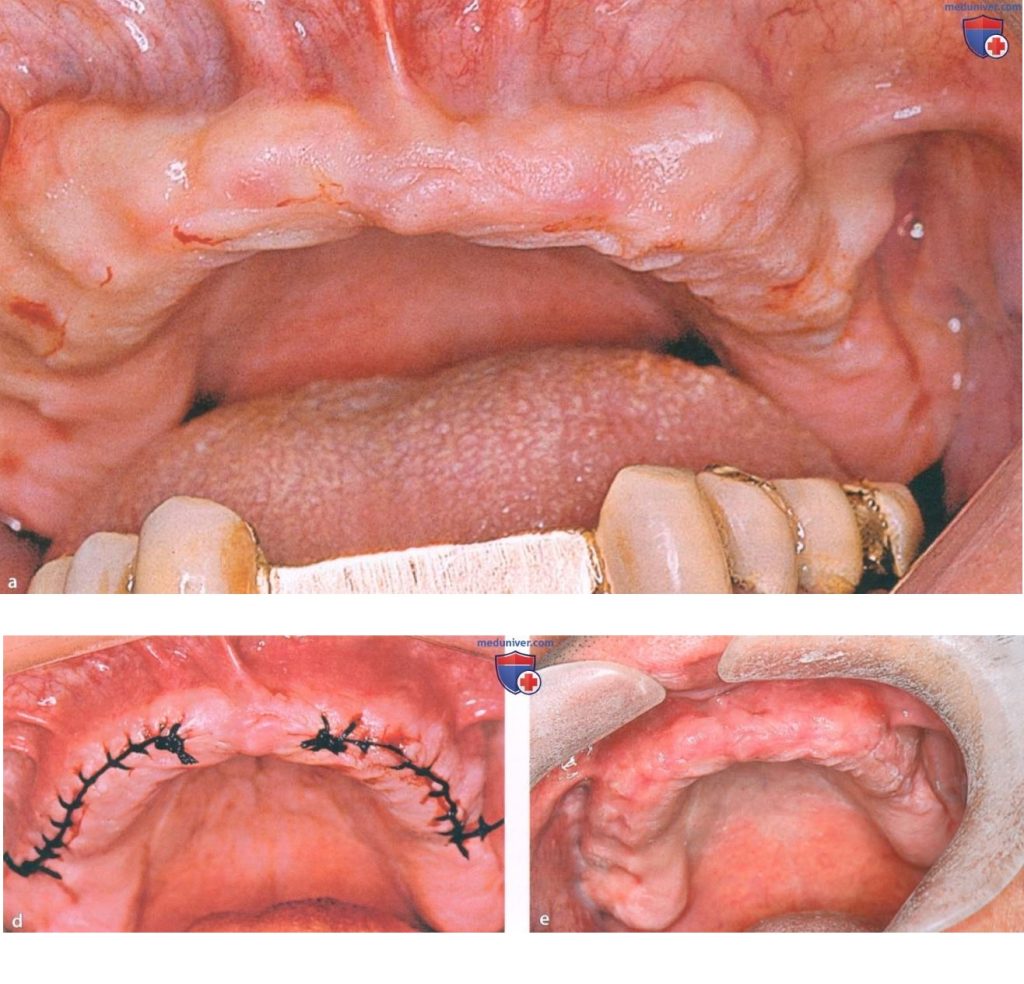
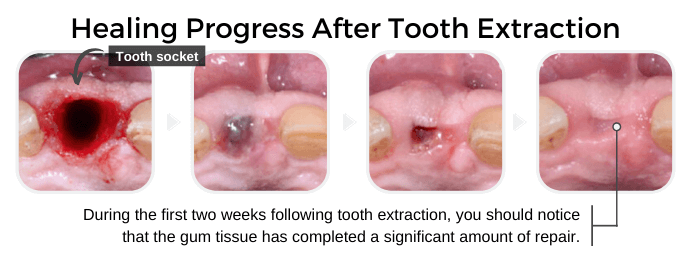
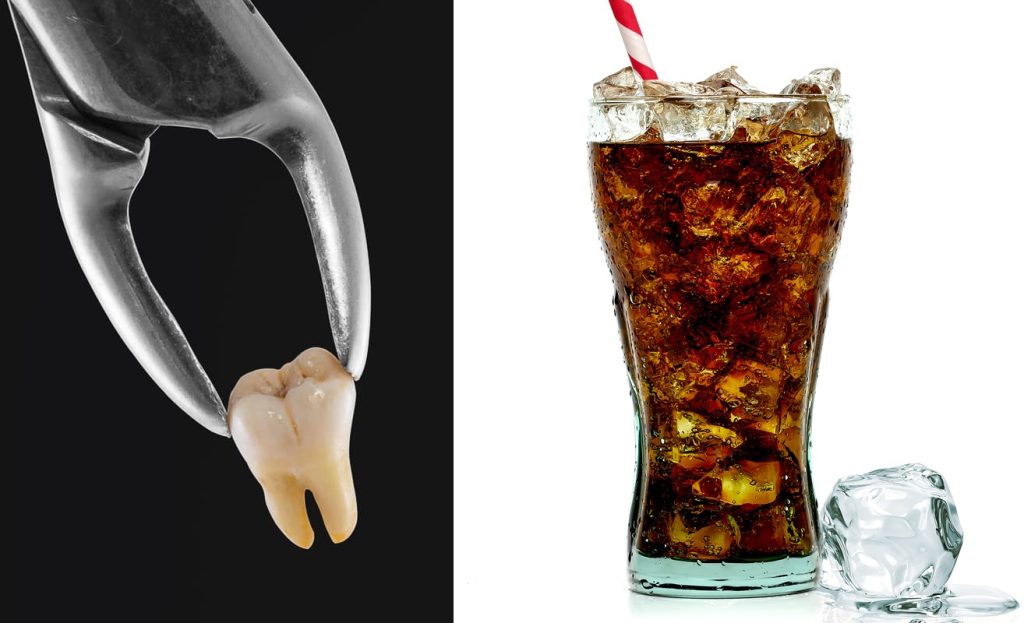

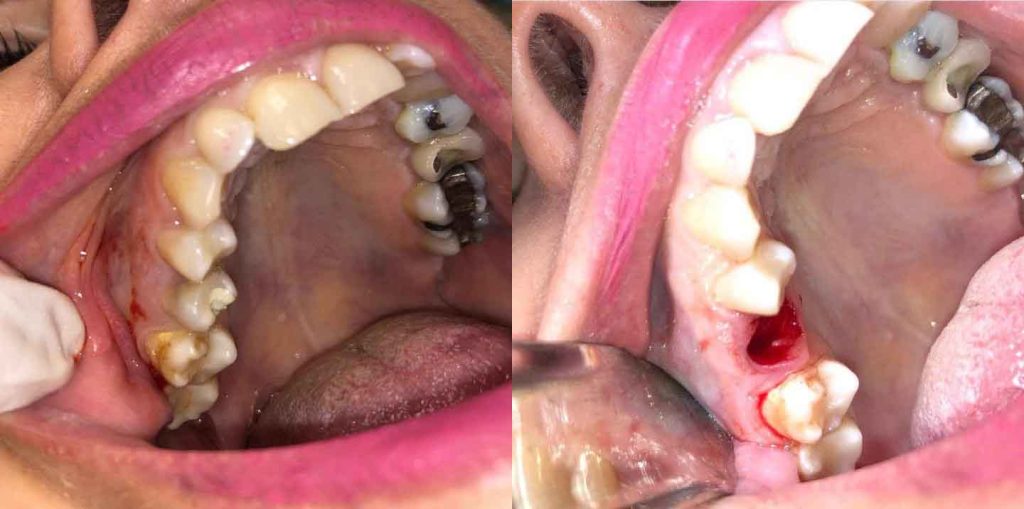

0 Comments on “Normal Socket vs Dry Socket After Tooth Extraction: Key Differences, Symptoms, and Prevention”